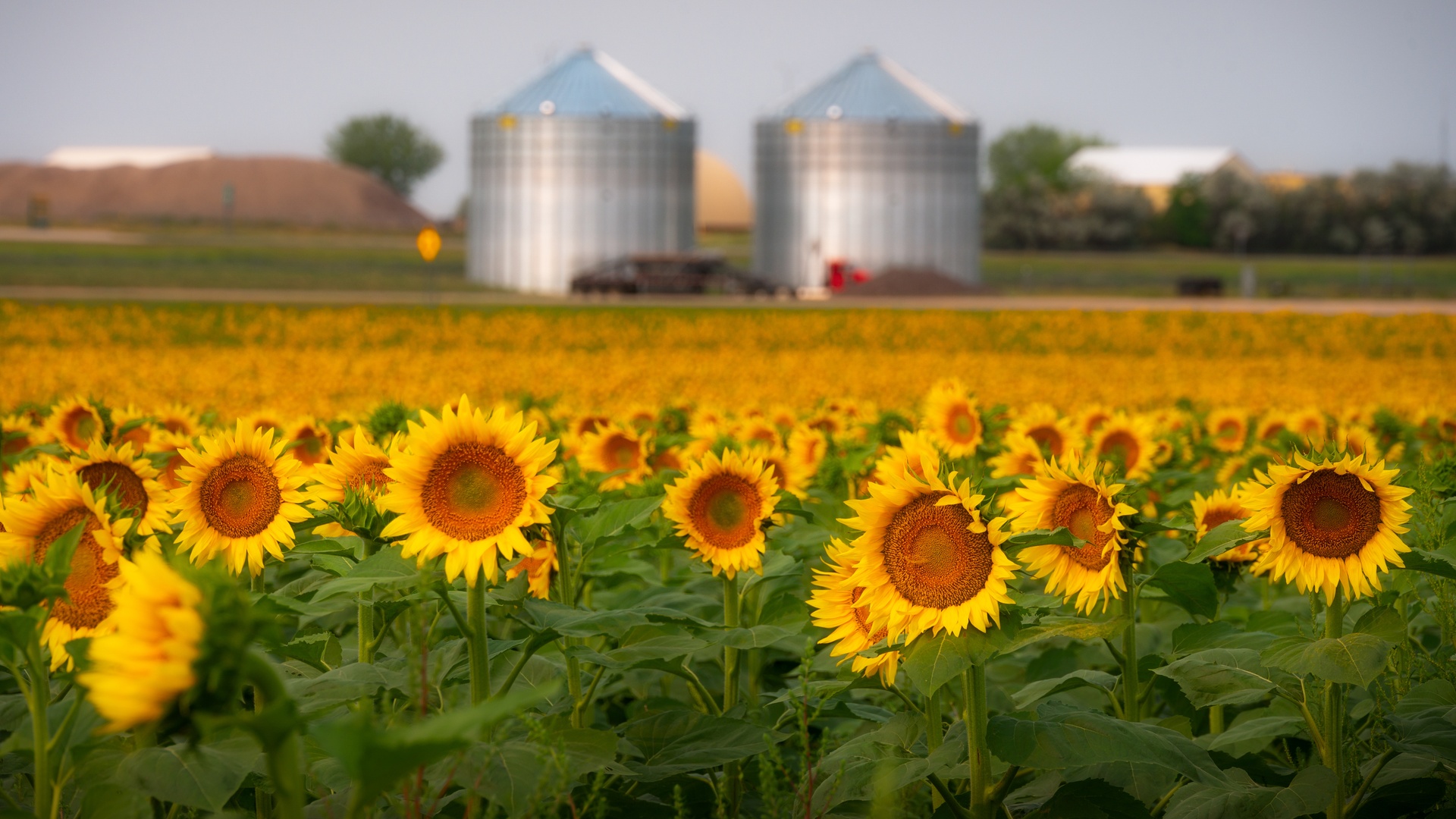The History of Agriculture in South Dakota

South Dakota’s agricultural story is one of transformation, resilience, and adaptation. From the vast prairies that once supported massive buffalo herds to the productive farmland we see today, the state’s journey reflects both human ingenuity and the challenges of working with nature’s rhythms. Explore the basic history of agriculture in South Dakota below.
Early Beginnings and Native Influence
Long before European settlers arrived, Native American nations like the Lakota, Dakota, and Nakota had established sophisticated relationships with the land. Alongside hunting, they practiced agriculture, growing corn, beans, and squash in the fertile river valleys. These indigenous communities understood seasonal patterns and sustainable land use in ways that would later influence settler practices.
The arrival of European explorers in the 1700s marked the beginning of significant changes. However, large-scale agricultural development didn’t begin until the mid-1800s when the Homestead Act of 1862 opened vast territories for settlement.
The Homestead Era and Early Farming
The 1870s and 1880s brought waves of settlers eager to claim their 160-acre homesteads. Many came from farming backgrounds in Europe and the eastern United States, but they quickly discovered that South Dakota’s climate and soil conditions required different approaches.
Early homesteaders faced harsh winters, unpredictable rainfall, and frequent droughts. Wheat became a primary crop because it could withstand these challenging conditions better than other grains. The development of winter wheat varieties proved particularly successful in the state’s climate.
The Rise of Ranching
While crop farming dominated eastern South Dakota, the western regions became ideal for cattle ranching. The open range system flourished in the late 1800s, with large herds grazing on public lands. This period saw the emergence of iconic ranching operations that still influence the state’s agricultural landscape today.
Modern Agricultural Development
The 20th century brought mechanization, improved seed varieties, and scientific farming methods. The Dust Bowl of the 1930s taught hard lessons about soil conservation, leading to practices like crop rotation and contour farming that remain important today.
Today, South Dakota ranks among the top states for corn, soybeans, and wheat production. The state has successfully balanced traditional farming with modern technology, creating a diverse agricultural economy that supports both family farms and large-scale operations.
Building on Agricultural Heritage
South Dakota’s agricultural history demonstrates how adaptation and innovation can transform challenges into opportunities. From Native American farming practices to modern precision agriculture, the state’s farmers and ranchers have consistently found ways to work with the land rather than against it.
If you’re interested in supporting the legacy that continues to feed the nation, new farmers are always in demand. Whether you need financial planning to start a cattle ranch or a rural property loan to start growing crops, your step into the state’s farm scene is possible. Explore your options for land and resources, get in touch with financial advisors, and do research on government regulations to get started.








